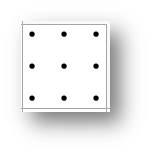
In my last post I introduced the key characteristics of definitive screening designs. In this post I will take a closer look at the first of these characteristics, namely, that the designs have three levels.
For illustration purposes I’ve created a DSD with five factors. To visualise the design structure on a per-factor basis it is convenient to use the JMP scatterplot matrix:
Each factor appears with three levels. With traditional screening designs the size of the design is minimised by reducing the number of levels to two (for continuous factors). This is true whether the design is a factorial design, a Plackett-Burman or a D-Optimal design. All of these design types will exhibit the following scatterplot of factors:
The use of three levels is appealing to scientists and engineers. Jones and Nachtsheim [1] refer to “cognitive dissonance in considering the use of a two level design” when the assumption of linear behaviour disagrees with scientific intuition.
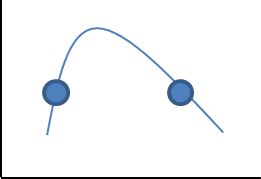 It also helps to avoid the nightmare scenario where curvature negates the main effect as illustrated on the right.
It also helps to avoid the nightmare scenario where curvature negates the main effect as illustrated on the right.
The purpose of having three levels it to assess potential curvature of the response over the design space. In screening designs this has traditionally been performed using centre points to augment the design:
The centre point(s) provide a third level that allows the identification of curvature but it doesn’t allow the separation of curvature effects. Therefore the DSD, unlike traditional screening designs, not only identifies the curvature but can also estimate the quadratic effects of the individual factors. This characteristic will be explored more fully in future posts.
References
- Bradley Jones and Christopher J. Nachtsteim (January 2011), “A Class of Three-Level Designs for Definitive Screening in the Presence of Second-Order Effects”, www.asq.org
available as a JMP white paper
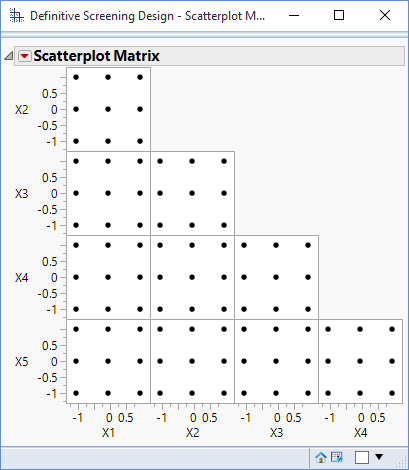
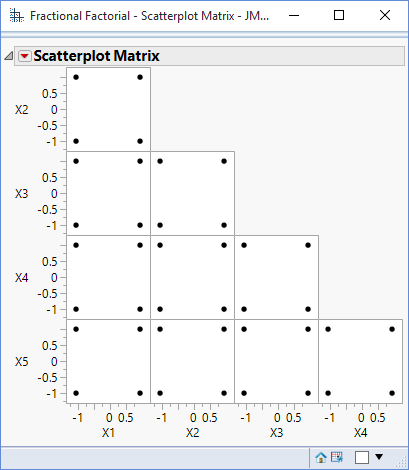
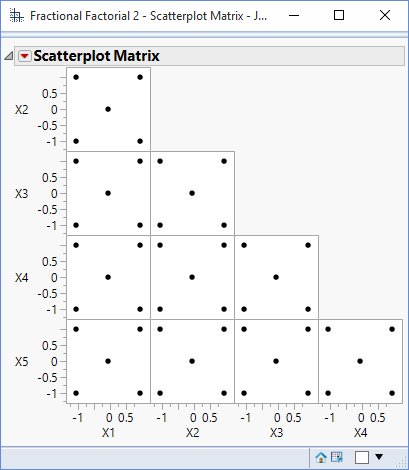
Nice series of posts but your upper diagram does not adequately explain how a 5 factor DSD only has 13 runs. Your diagram shows 90 combinations of factors doesn’t it?
You’re right. I wasn’t trying to justify the number of runs. The topic of the post was that the definitive screening designs have three-levels which is unusual for a screening design. The purpose of the diagram was to help visualise those levels.